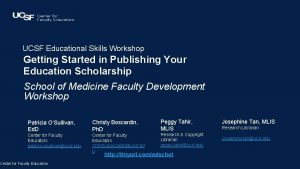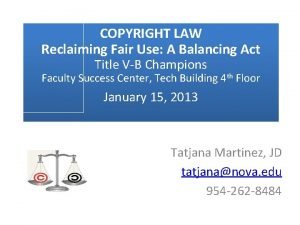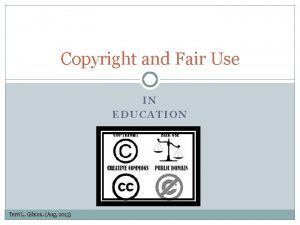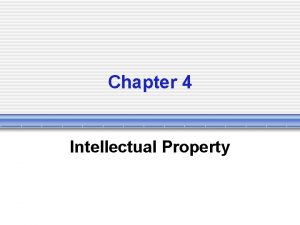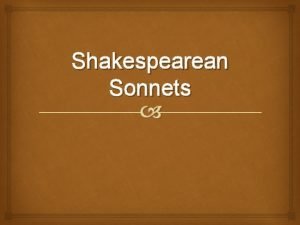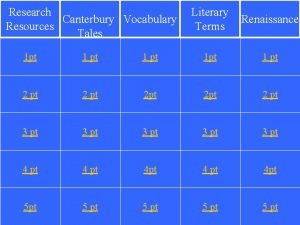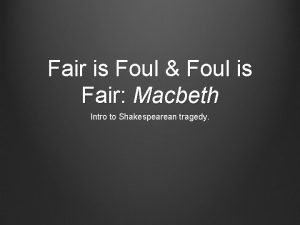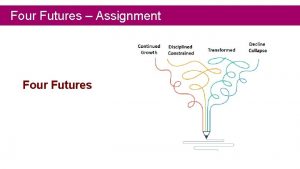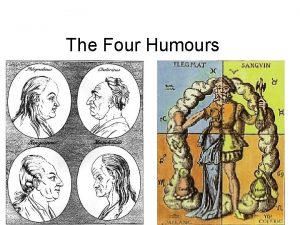Strategies for Fair Use Fair Use Four factors








- Slides: 8

Strategies for Fair Use

Fair Use “Four factors are considered when determining fair use: • What is the purpose of the use? • What is the nature of the copyrighted work? • How much of the work will be used? • What is the market effect on the original work of the use? • Fair use is determined by weighing these four factors either for fair use or for asking permission to use the work. If the answers to the majority of the questions are “yes, ” then the use can be considered fair use; . However, if the majority of the ” answers are no then permission to use the work must be obtained.

The purpose of the use • “ Many people assume that any educational use of a copyrighted work is legal. That is not accurate. However, the law does recognize the unique situation of non-profit educational institutions when it comes to fair use. The first factor of fair use specifically distinguishes between commercial and educational use. Therefore, teachers and students are more protected when using copyrighted works for classroom assignments, lessons, or projects. Purposes that are specifically mentioned in the law include criticism, comment, news reporting, teaching (including multiple copies for classroom use), scholarship, or research. ”

The nature of copyrighted work • “Facts are not protected under the copyright law so the use of factual works are more likely to favor fair use. Works that are creative may require permission in order to be used. The law also looks at whether a work has been published or not. Fair use favors published works over unpublished ones. ”

The amount of work used • “Reproducing only a small part of a copyrighted work is more acceptable than using an entire work. As a rule of thumb, using a smaller portion of a work is more likely to be protected. Furthermore, take only what is necessary for the purposes of the new use. ”

The market effect of the use • “Fair use is more likely to apply when the new use is available for a limited time to a small group of people. The broader the distribution of the new use of the work, the more potential there is for the market of the original work to be impacted. Using copyrighted images in a classroom Power. Point presentation is more acceptable than making the presentation available online or putting the images on a website. Therefore, when determining the use of copyrighted work, consider who has access to it and for how long. Make the new use available for the shortest amount of time to the smallest group possible. Keep copyrighted works off the Internet, or place them behind password protection to avoid outside access and to limit the market effect of the use. ”

Conclusion • “If you have any doubt about whether or not the work you want to use is covered under fair use, contact the copyright holder before using the work. When using a copyrighted work, get the original version legally and be sure to follow any additional instructions the copyright holder has for you, including how to cite the work. ”

Resources Resource: Purdue OWL https: //owl. english. purdue. edu/owl/resource/7 31/1/

